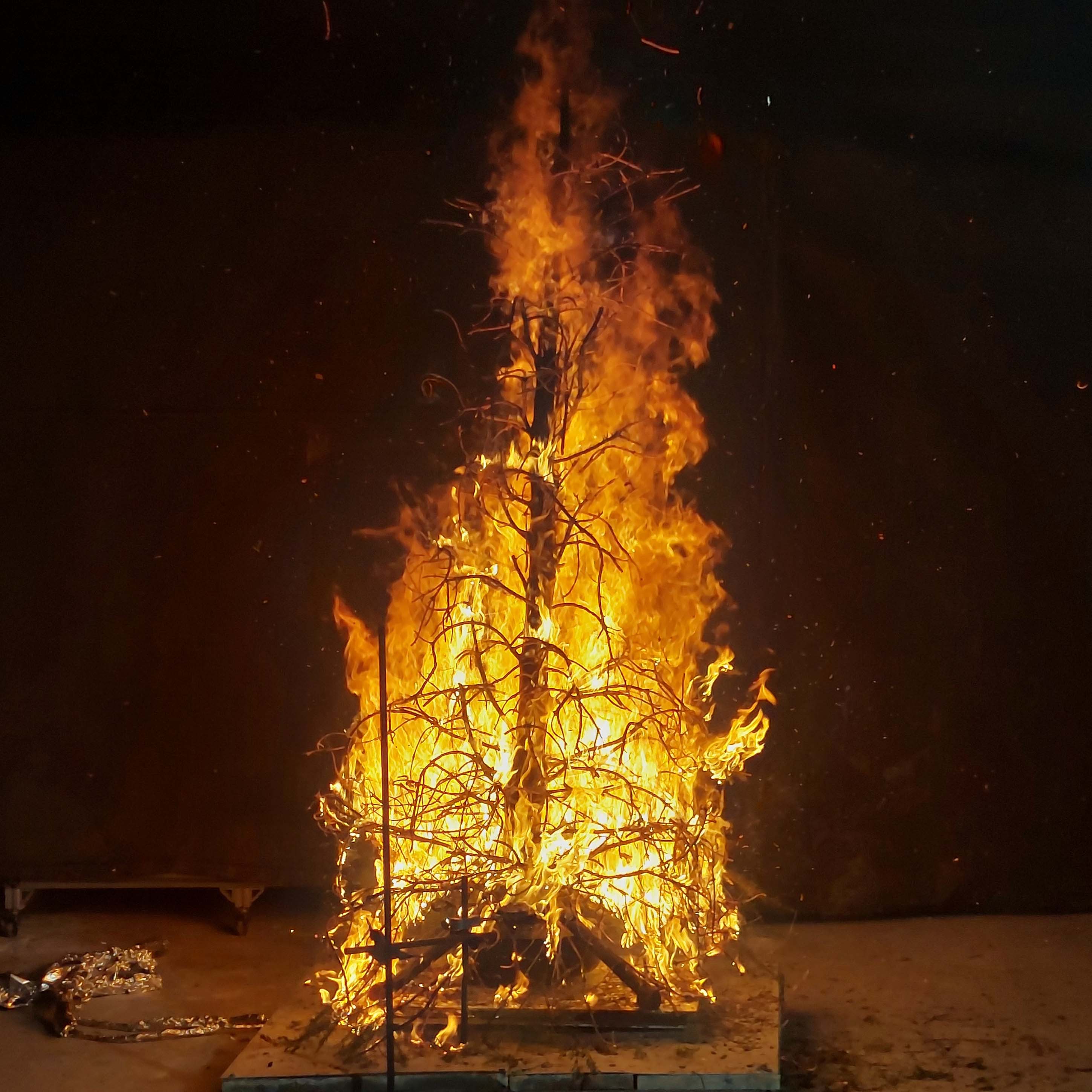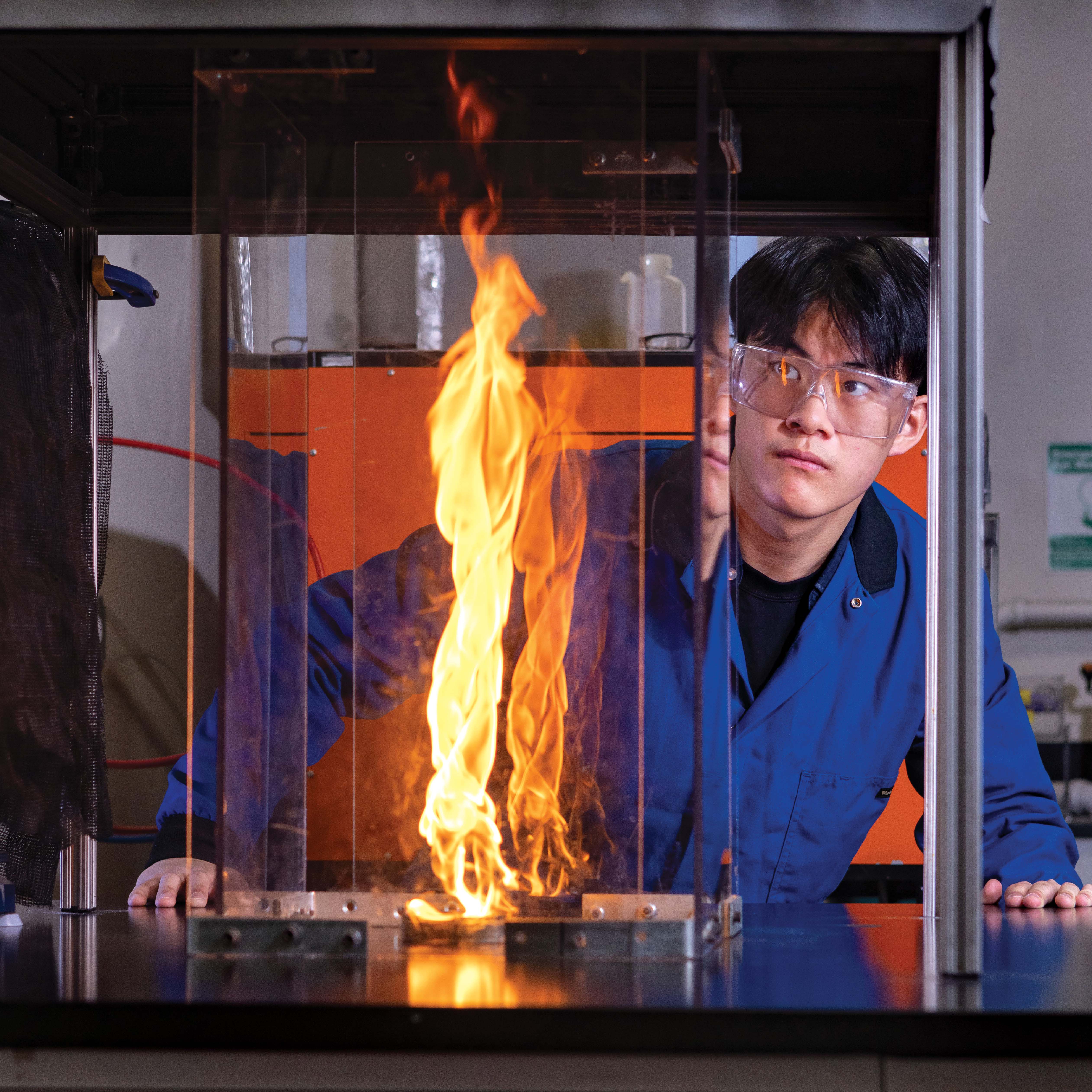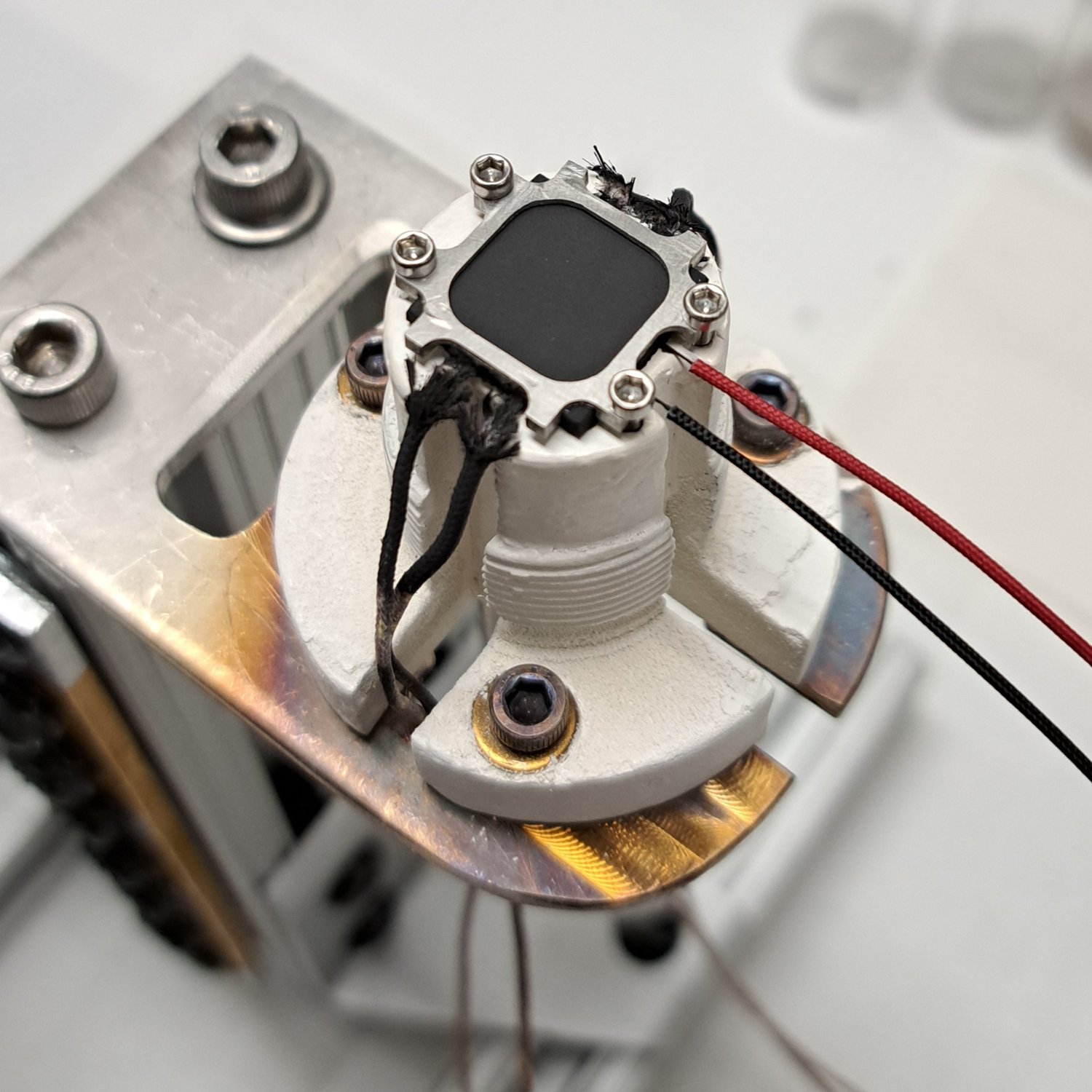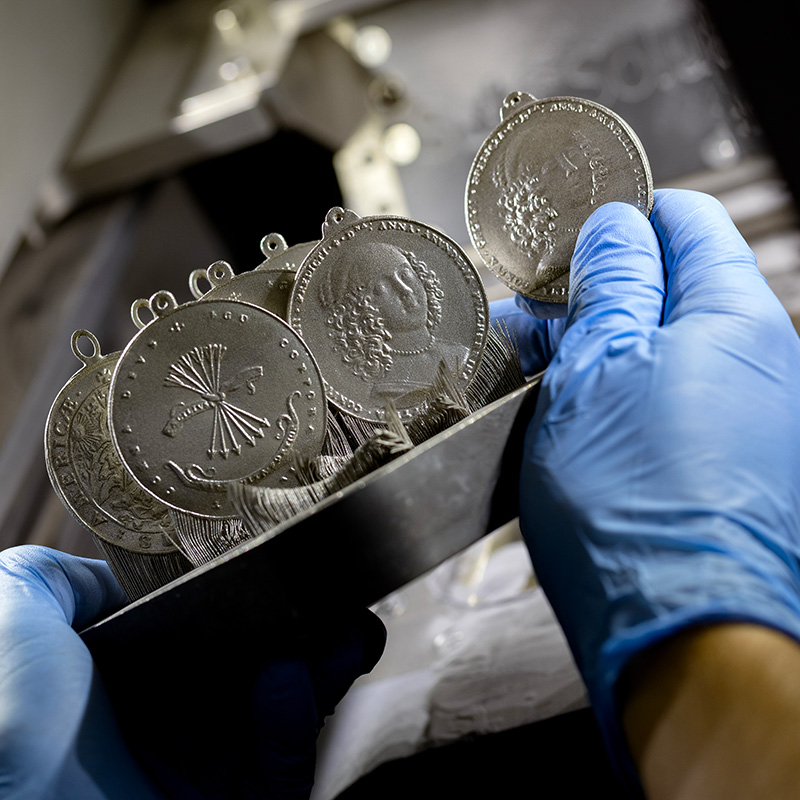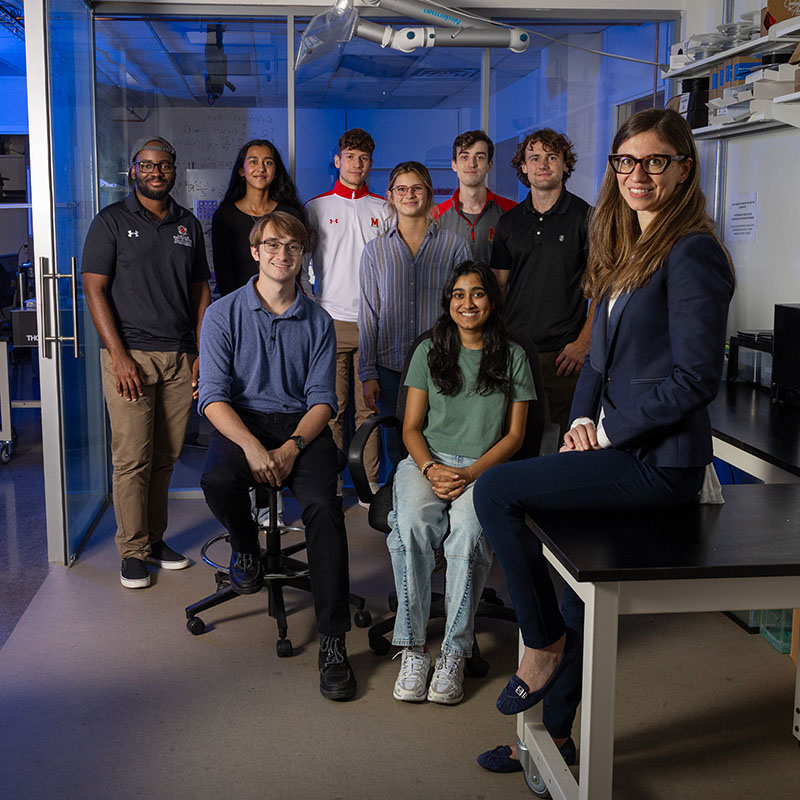News Story
Fire Protection Research Professor and Retired NIST Fellow Dies at Age 89

Howard R. Baum, Glenn L. Martin Research Professor in the Department of Fire Protection Engineering, and retired National Institute of Standards and Technology (NIST) fellow, died at the age of 89 at his home in Gaithersburg, Maryland.
Born in April 3, 1936, the late professor earned a bachelor’s degree in aeronautical engineering in 1957, and a master's of science in applied mathematics in 1959 from the Polytechnic Institute of Brooklyn. He later attended Harvard University, where he earned a doctorate degree in applied mathematics in 1964.
Prior to joining the University of Maryland (UMD), where he retired in 2020, Baum was first a research physicist and then a fellow at NIST, where he worked between 1975–2006. He had previously served as a senior scientist for Aerodyne Research Inc. between 1971-1975, and as a lecturer and assistant professor in the Division of Engineering and Applied Physics at Harvard University.
At Maryland, Baum collaborated in various research projects, such as a numerical model to study the extinction limits of laminar diffusion flames, which he co-developed with Professor and Chair Arnaud Trouvé. Additionally, he collaborated with Professor Andre Marshall (now at George Mason University) and developed a mathematical framework to describe liquid water sprays generated by sprinkler systems. He also collaborated with late professor James Quintiere and Professor Peter Sunderland on the numerical description of microgravity flames. The experiment, called “Burning Rate Emulator,” which traveled to the International Space Station, focused on spacecraft flame behavior, which contributed to spaceflight fire safety. In this project, Baum led the development of an analytical model that exploits ellipsoidal coordinates to simulate the experiment’s flames.
As a mathematician, Baum is credited with impactful contributions in computational fluid mechanics, combustion and fire research. His low Mach number formulation of the Navier-Stokes equation has been widely adopted by the applied mathematics and fluid mechanics research communities. This contribution, co-authored in 1978 with Ronald Rehm, paved the way to an effective Computational Fluid Dynamics (CFD) treatment of relatively slow flows as found in fires. The late professor also helped develop an early version of the Fire Dynamics Simulation (FDS), which emerged as the leading software used by fire safety engineers and researchers around the world.
”Professor Howard Baum had outstanding mathematical skills and the fire research community greatly benefited from his interest in applying those skills towards fire problems,” said Trouvé. “From his landmark 1978 paper introducing the low Mach number formulation, written with Ronald Rehm, to his last paper, written last year with Jim Quintiere, in which he developed a new generalized solution of the Emmons problem, Howard’s career has been one of providing elegant mathematical solutions to complex physical problems, thereby allowing great insights into fire behavior. The fire science community has lost one of its most talented members.”
Baum’s legacy in applied mathematics and in fire research led him to numerous accolades, including the United States Department of Commerce Silver Medal Award in 1981, and the Gold Medal Award in 1985 for fire modeling and research. He also received the Medal of Excellence from the International Association for Fire Safety Science (IAFSS) for urban fire modeling in 1991; the Arthur B. Guise Medal from the Society of Fire Protection Engineers (SFPE), for fire simulation research in 1999; the IAFSS Phillip Thomas Medal of Excellence for corridor smoke modeling in 1999; and the Department of Commerce Group Gold Medal Award for contributions to the World Trade Center Investigation in 2005. Baum was also an elected member of the National Academy of Engineering (he was elected in 2000).
Professor Baum will be remembered by the department and fire safety research communities for his dedicated career and service.
Published May 22, 2025
